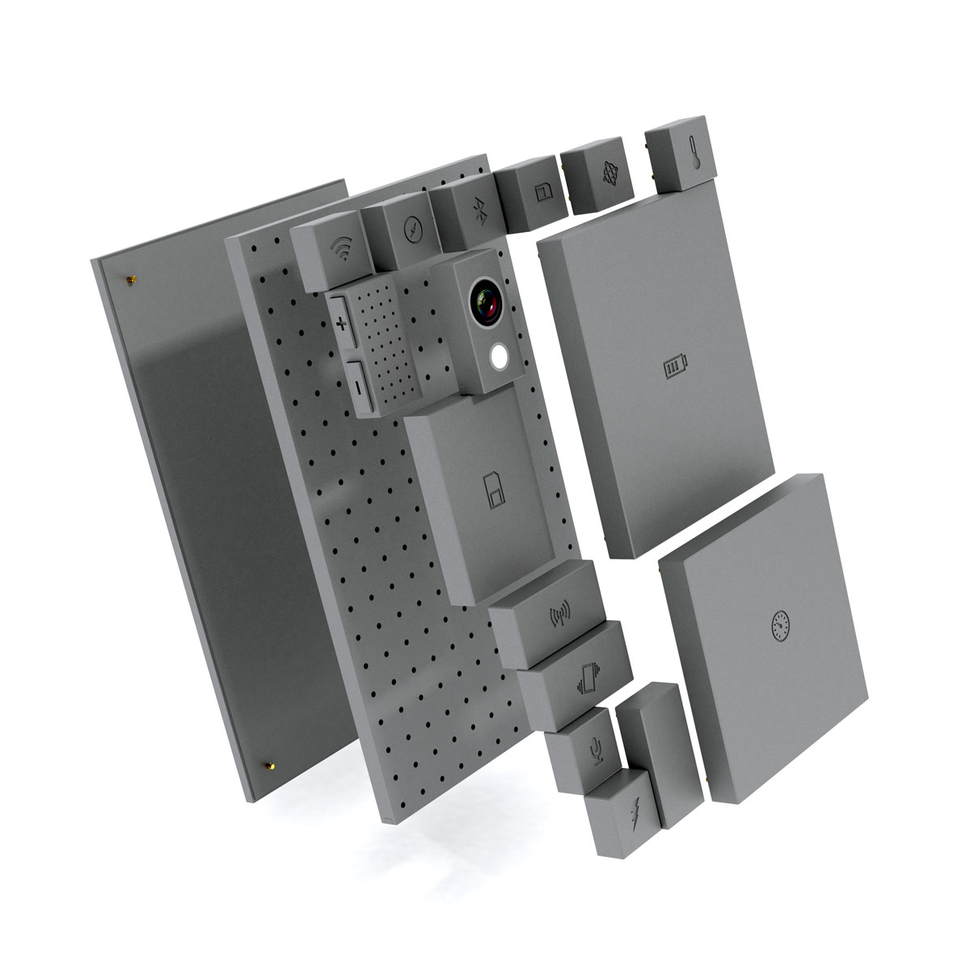Modular electronic devices. Highly customizable and as expensive as you want to make them. The perfect opportunity to make electronics easily available to the whole of society, instead of focused on one income group.
Electronics, like smartphones or smartwatches, are mainly focused on one of three income groups; low, average and high. High-end smartphones nowadays can cost as much as € 1000 or more. Low-end devices are usually marketed for a maximum of € 100 or € 200, but lack many of the functions and luxuries of expensive devices. This segregation of target groups creates issues, mainly within company business models themselves. If for example high-income groups lose interest in a product from a corporation that focuses on the top of the market, this company risks losing everything since they only have one target group. On the other hand, focusing on only one group aids innovation since you as a company know your target group and their needs very well. However, this is an advantage not exclusive to traditional electronics manufacturers.
Take for example Phonebloks. Presumably the first people to seriously start developing a modular smartphone. The idea behind this modular concept is that lots of features come in modules instead of being integrated. They speak among others about a camera module, a sound module and a display module. Every one of these modules can be snapped on a baseplate to form a fully functional smartphone. The idea is that if one component is broken or outdated, this component itself can be replaced without having to buy an entirely new phone. Besides being better for the environment it is also better for ones personal finances. This means that Phonebloks is a more interesting product for a broader market, since people with a lower income can just purchase less (expensive) modules. And since most of the world’s population has a mobile phone (although many do not own a smartphone) a device like Phonebloks is a very interesting starting point for modular electronics.
In the case of Blocks, a modular smartwatch, this might not be the case. Blocks works on the same principle as Phonebloks, but here you have a fully functional device where you can add features to in the form of modules. But since the smartwatch is a very new product it is mostly designed for the top layer of society, like the Apple Watch that comes at a minimum of € 400. A modular device like Blocks starts from about € 170. This is of course much cheaper than the Apple device. However, it is still a wearable and it remains to be seen, even if the device can be as cheap as you make it, if it will gain the same popularity as smartphones.
